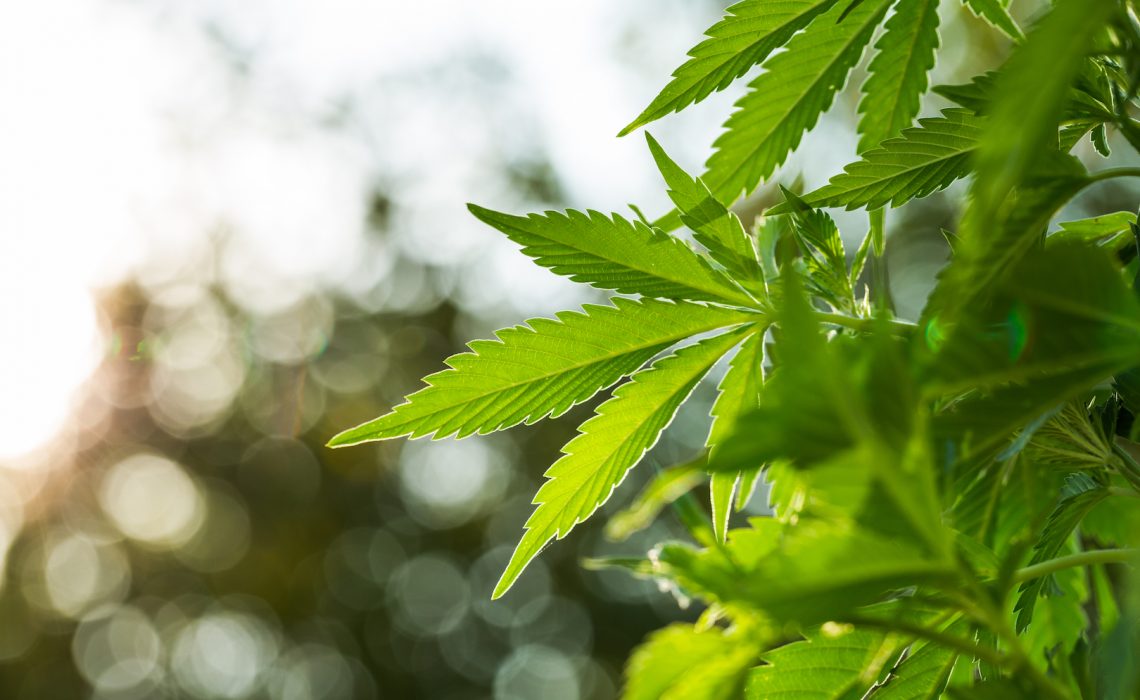
How Understanding Our Endocannabinoid System Could be the Key to Unlocking Medical Cannabis Therapy
The most commonly used illicit drug in the world is finding its legal right as a potential path to wellness. It’s proven to provide relief from an ever-growing list of physical ailments and medical concerns. And times are changing. Medical cannabis prescription and personal medicinal use is now legal in at least 29 States and all across Canada.
The Growing Need for Medical Cannabis Education
As cannabis becomes more normalized, through legalization initiatives, the hunger for information and research on the topic is growing tremendously. But, despite this escalating need, there is a lack of easy-to-understand resources on medical cannabis and how it can contribute to our everyday wellness.
With recreational legalization of cannabis arriving soon in Canada, a wave of curiosity in cannabis is expected. It’s important that potential patients are adequately educated to avoid incorrectly self-medicating with recreational pot.
The Canadian medical and recreational markets are two very different entities. The medical cannabis realm is filled with a wide range of specialty products tailored to heal, rather than impair, while recreational cannabis may consist of curious users who may not be seeking the appropriate medicinal benefits.
If you, or someone you know, is on a journey to becoming a medical cannabis patient, it’s increasingly important to have clinically-validated resources at your fingertips. This information is necessary to make informed decisions and avoid any deliberate or unintended cannabis misinformation.
Unlocking the Therapeutic Benefits of Cannabis
While cannabis and wellness is a big topic to dive into, the best place to begin learning about the therapeutic benefits of cannabis is by developing a basic understanding of the endocannabinoid system. Like a system of locks and keys, the endocannabinoid system is the reason why cannabis works.
We wouldn’t feel the effects of cannabis and take advantage of its therapeutic benefits without the endocannabinoid system, a natural system in our body named closely after the drug that led to its discovery. It’s how our bodies are able to interact with the cannabinoids within cannabis, the most well known cannabinoids being THC and CBD.
Here’s the Basic Science
The man behind the discovery of THC, Raphael Mechoulam, discovered a receptor in the brain that interacts with THC. He appropriately named the receptor Cannabis Receptor 1, or CB1. Over time, a second receptor was discovered in our nervous system, now called the CB2 receptor.
These receptors in our bodies bind with the many cannabinoids in cannabis, producing a long list of therapeutic effects including pain relief, the mediation of seizures attributed to epilepsy, spasticity from multiple sclerosis, and the management of many different mood disorders.
Interestingly enough, these cannabinoid receptors have the ability to interact with, and receive, chemicals that already exist in our bodies (in other words, chemicals that are created endogenously).
While cannabinoids found in cannabis, like THC and CBD, are aptly named phytocannabinoids (chemicals that come from plants), the cannabinoid-like chemicals produced in our bodies are called endocannabinoids (meaning: made within the body). The two known endocannabinoids are called Anandamide and 2-arachidonoylglycerol.
Finding Balance and Wellness
For new and existing patients, it’s best to understand the endocannabinoid system as an integral part of homeostasis, or our state of wellbeing. When we are balanced and in a state of wellness we respond much better to colds, stress, and even injury.
When life gets tough, or we feel extreme stress in our lives, we can develop an endocannabinoid deficiency and our own state of wellbeing can be thrown off. This is where we start to see the benefits of supplementing with phytocannabinoids or Medical Cannabis Therapy.
With the right information and treatment, it’s possible to find our state of balance with medical cannabis, and cannabinoids like THC and CBD, that interact with our endocannabinoid system.
Starting Your Medical Cannabis Journey
Understanding the endocannabinoid system is the key to unlocking the therapeutic potentials of cannabis. This education is the starting point for patients who are looking to properly medicate serious conditions like chronic pain, seizures, or muscle spasticity.
Keep in mind
As a non-traditional medicine, cannabis falls into a category that is often misunderstood or even avoided, by medical doctors. Yet, doctors are often the gatekeepers of medical cannabis. Maybe it’s time to have patients handing their physicians clinically validated, double-blind placebo case studies, in an attempt to persuade them to properly prescribe cannabis as a legal medicine.
Education is the clear first step and as a society, we’ve come along way – but there’s still a lot to learn.
Mika Unterman is a cannabis educator, Community Manager at Sail Cannabis, and tech evangelist. Before shifting her career into the cannabis sector, Mika worked in start-ups driving education and engagement for SaaS products. Now, she uses those skills to empower cannabis patients. She is passionate about using technology to help patients along their cannabis journey and helping them find the best products to help with their condition with SailCannabis.Co.
